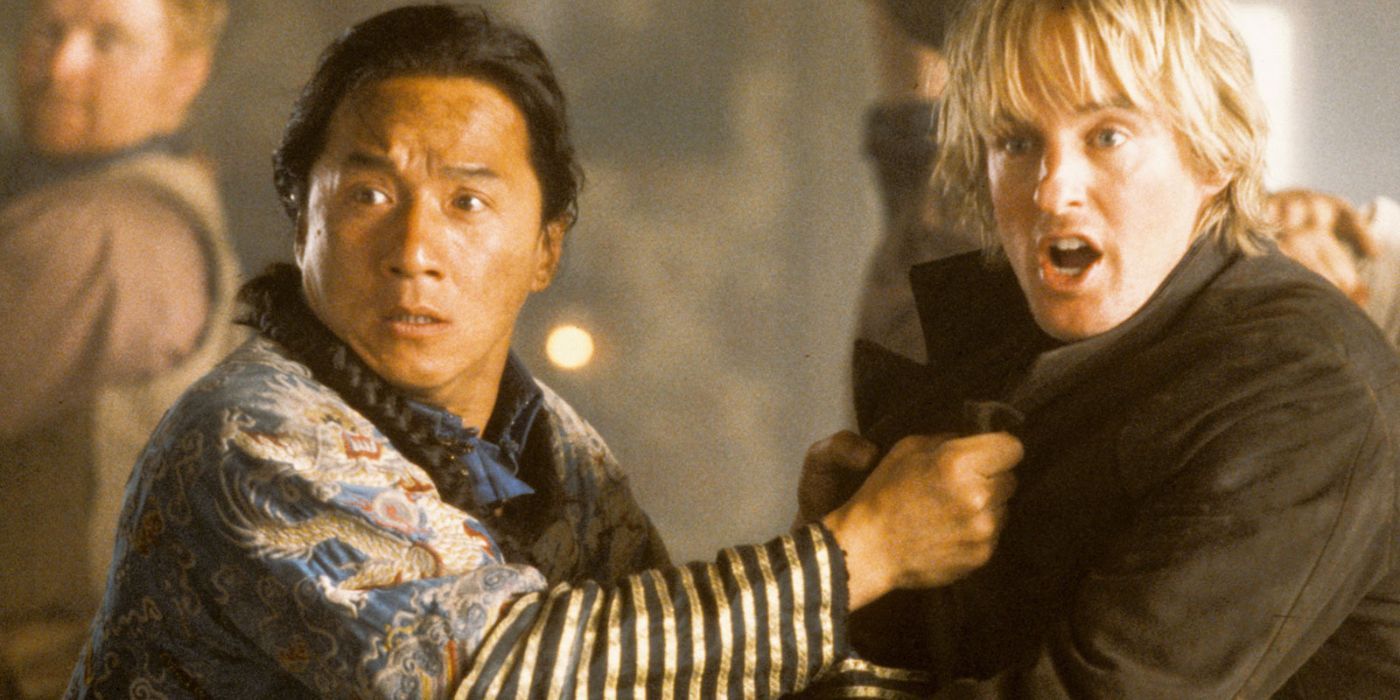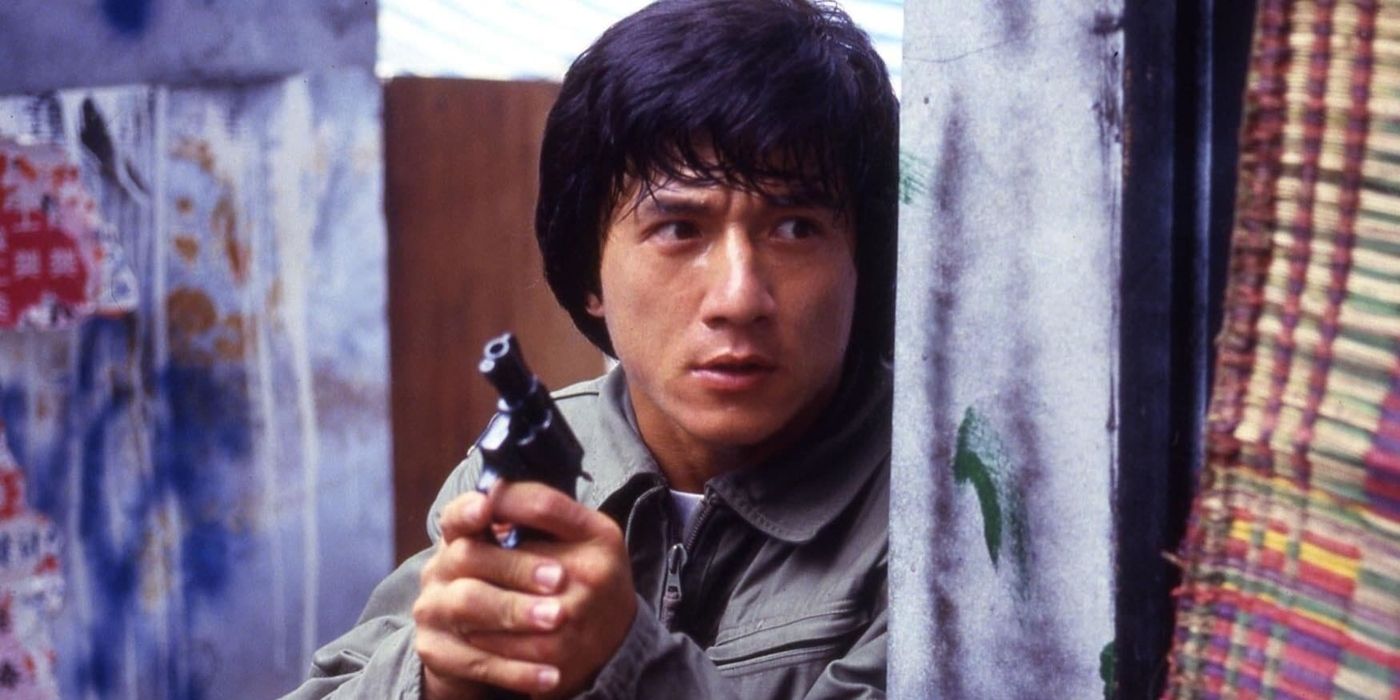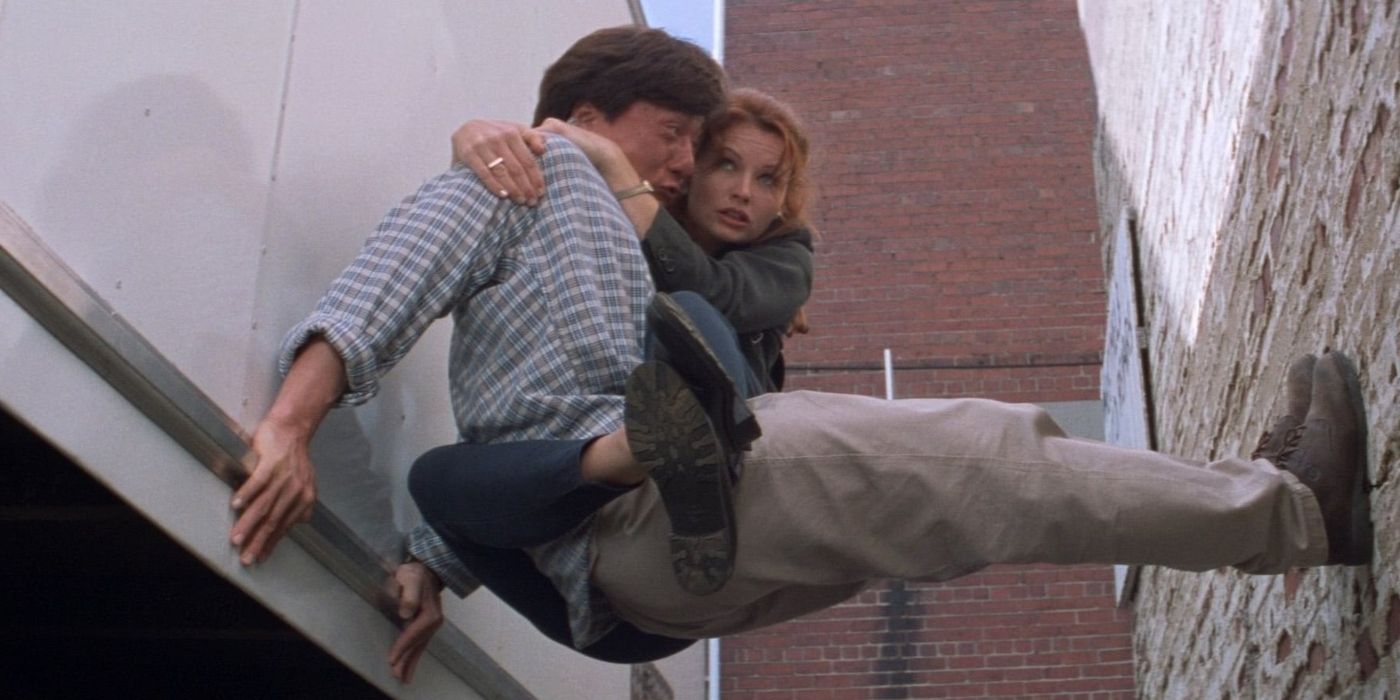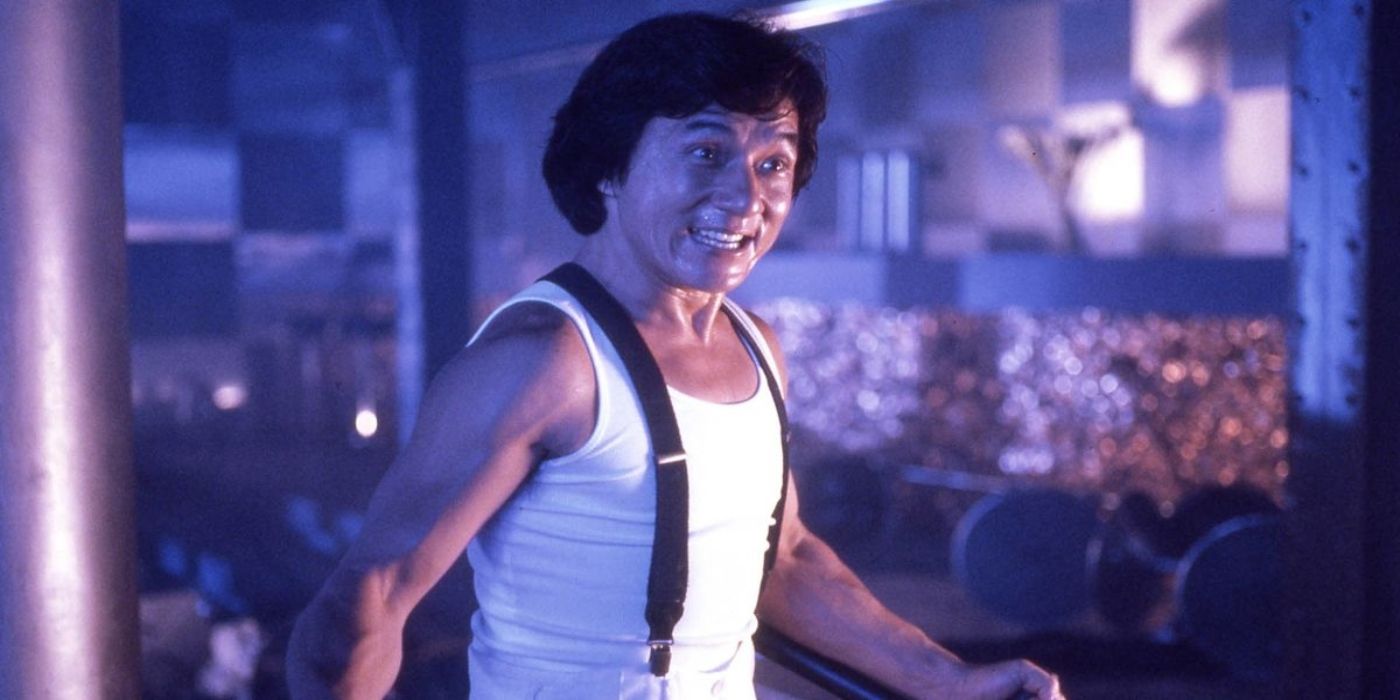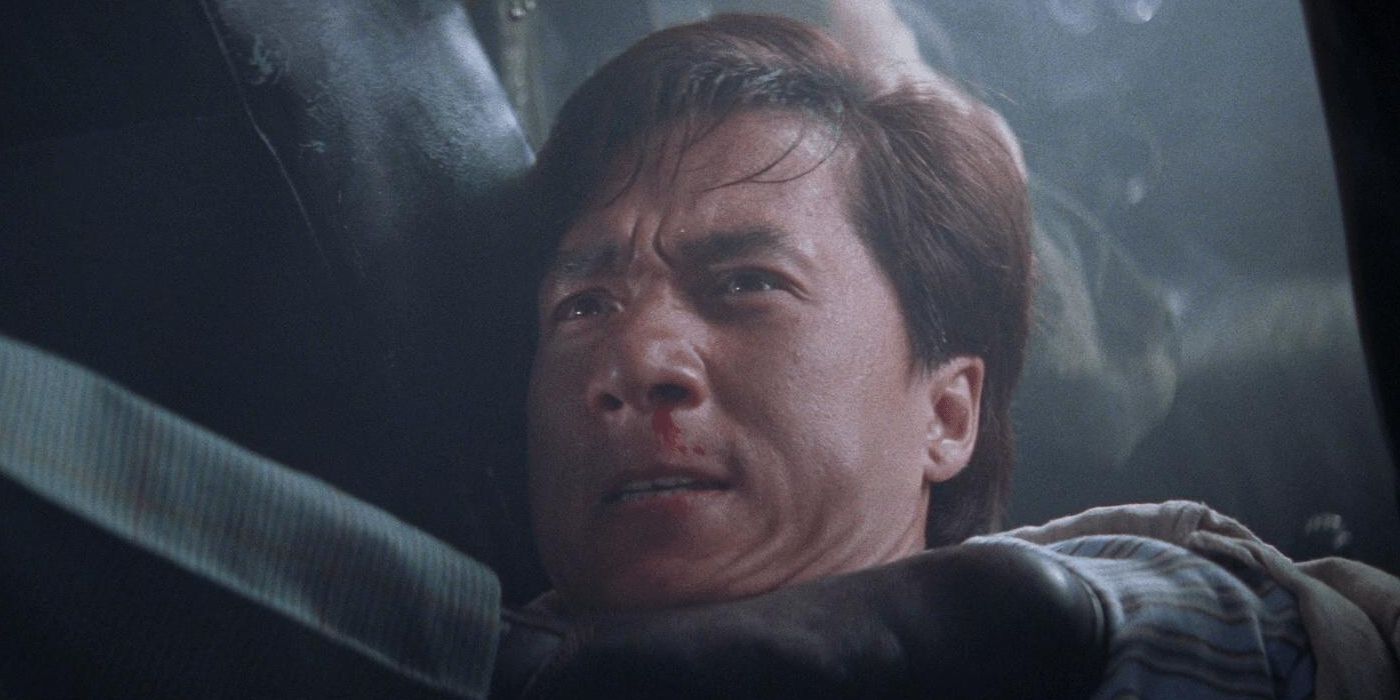How Jackie Chan Inspired Avatar: The Last Airbender’s Greatest Fight Scene
The best fight scene in Netflix’s live-action Avatar adaptation draws visual and action queues from the king of action comedy.
There were a lot of crucial elements that showrunner Brian Kim had to translate into live-action for Netflix’s adaptation of Avatar: The Last Airbender. The final product was constructed with mixed success. The new version featured many questionable changes to the original series while improving on other underdeveloped areas, like Zuko and Iroh’s backstory.
Of all the areas Kim had to translate, the live-action adaptation of element bending was perhaps the most crucial. M. Night Shyamalan’s version famously botched its interpretation of the freeing magical system, reducing it to a boring mess, and any similar attempts would have left Netflix’s adaptation dead in the water. Thankfully, Netflix’s live-action version of element bending captures the creativity and excitement from the original show, learning from Shyamalan’s mistake, and even draws on new inspiration in the show’s best fight scene.
Avatar’s Best Fight Scene Is Influenced by Jackie Chan’s Classic Action Films
Much to the delight of fans, Netflix’s live-action adaptation of Avatar: The Last Airbender is filled with exciting fight scenes that successfully translate the weight and impact of element bending to live-action. While there are many great scenes to choose from when selecting the strongest, the duel between Aang and Zuko is the standout star. While trying to stop the assassination attempt on the King of Omashu, Team Avatar is halted by Zuko on a mission to bring the Avatar back to the Fire Nation. As Katara and Sokka leave to save the King, Aang stands toe-to-toe with Zuko in a fight scene that draws obvious influence from the king of stylish martial arts films.
Jackie Chan was the dominant force in action cinema from the ’80s through to the ’00s. Starting in the Hong Kong action scene, with revered works like Police Story highlighting the start of Chan’s unique fight choreography and stunt work, Jackie Chan became a prominent figure in Western cinema following his starring roles in Rush Hour and Shanghai Noon. Jackie Chan’s style of action choreography should need little introduction, as the Hong Kong-born star became a household name through his combination of comedy-based, environmental choreography and his dedication to performing his own death-defying stunts.
This confrontation between Zuko and Aang didn’t happen in Nickelodeon’s original series, meaning Kim and his team (led by Stunt Co-Ordinator Jeff Aro) had a blank canvas to create something unique and entertaining. Caught in the middle of a market in Omashu and unable to use his firebending, Zuko resorts to hand-to-hand combat to try to subdue Aang. The fight takes the pair across various sectors of the market, from textile shops to a run-in with the iconic cabbage merchant. In true Jackie Chan style, Aang frequently uses objects from the market to defend himself and attack Zuko, like a selection of wicker baskets and hand-crafted china. Zuko even finds himself drawn into Chan’s style of fighting when Aang is caught in silk when running away, and the two engage in a game of manipulating the fabric to attack the other.
What Defines Jackie Chan’s Style of Action
The described scene pulls elements from many of Jackie Chan’s best action films. However, given its market setting, it feels closest to the market scene in Drunken Master II, for obvious reasons – although Jackie Chan did have a penchant for fight scenes in marketplaces. The scene in Netflix’s Avatar: The Last Airbender draws from a surface-level analysis of what made Chan’s fight scenes so entertaining.
Jackie Chan’s fight scenes, many of which he personally choreographed, were defined by their settings. Many of the greatest moments in Jackie Chan’s films came from the actor making impeccable use of the sets and locations he was shooting on. One of Jackie Chan’s first major stunts saw the actor sliding down a seven-story pole enveloped in lights and electric cables before falling through a glass ceiling into a small kitchen hut. Famously, the stunt nearly killed Jackie Chan, and he was seriously injured, suffered 2nd-degree burns, a broken spine, a dislocated pelvis, and another severe bruising. The final result was so impressive that it was included three times in the final cut of the film, from three different angles, to highlight Chan’s dedication to practical effects.
However, the fight scene in Avatar: The Last Airbender does forgo one crucial and often overlooked aspect that made Jackie Chan’s fights so entertaining. In these scenes, Jackie isn’t just fighting with the intention of defeating his opponents; he also has a secondary goal that he must work towards while staving off attackers. In the case of the scene from Drunken Master II, Chan’s character starts sober, and his opponents know he fights better when drunk (as you might have guessed from the title). While he is being thrown bottles of wine and spirits by onlookers, his opponents actively try to kick the bottles out of Chan’s hands as he fights. The resulting scene is a hilarious amalgamation of Chan’s athletic prowess and comedic brilliance, as he constantly goes back and forth with his opponents for control of the bottles and hilariously forces himself to drink while knocking out henchmen.
The Omashu market fight in Avatar: The Last Airbender isn’t just the best because it draws on influences from Jackie Chan’s films. It is the best because it most closely captures the heart and humor of Nickelodeon’s original series. Netflix’s adaptation received many complaints from fans for being far darker than the original, but moments like these reflect Kim’s understanding of the elements that made the original series so beloved by fans. Avatar: The Last Airbender is streaming on Netflix.
